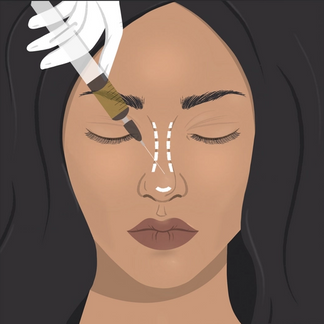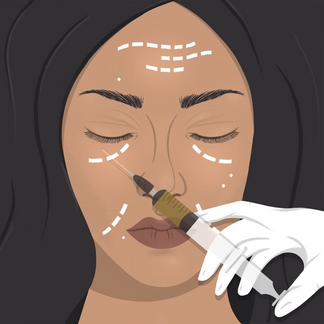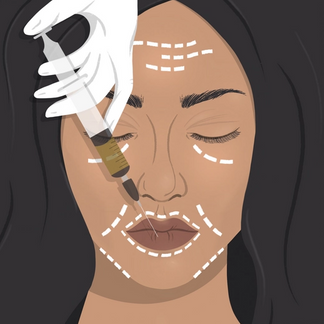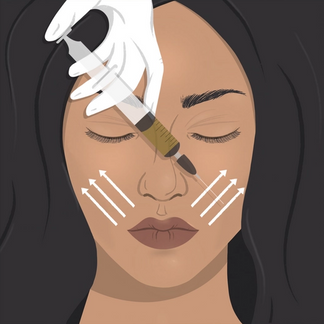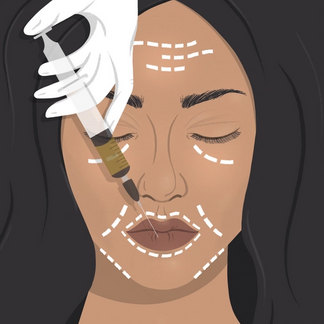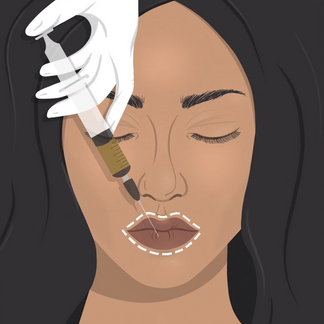Dermal Fillers - Overview
As the skin ages, it gradually loses collagen, elastin and fat. These are the components of the skin that give it structure - the scaffolding of the skin. When present in high amounts, skin is supple, firm and plump. As the levels of these components decrease, our skin becomes thinner, more lined and wrinkled with reduced volume, plumpness and fullness.
Strategically placed fillers take the place of lost fat pads and collagen. Some even promote the production of collagen. This helps to restore the skin's volume and fill deep wrinkles, thus giving the face a firmer, more youthful appearance.
Not only are injectable fillers used to restore lost volume and firmness, they can also be used to sculpt and change the appearance of your face.
So, fillers have a huge range of uses:
- Lip augmentation - probably the most common use of dermal fillers
- Filling static, deep lines around the lips, the lines from the nose to the corners of the mouth (nasolabial lines), smile lines, marionette lines and crow’s feet
- Adding volume to sunken cheeks and weak chins
- Liquid or lunchtime facelift
- Non-surgical rhinoplasty
- Filling deep acne scars
- Rejuvenating ageing hands and necks
There are over 60 brands of dermal filler available in the UK. Some of the most commonly used are:
Restylane®, Juvéderm®, Ellanse®, Sculptra® and Perfectha®
Practitioners will likely use a range of brands for different treatments, based on their knowledge and experience.
There are products available which can dissolve fillers, so the effects of dermal fillers are not only temporary, but they can be reversed if necessary.
